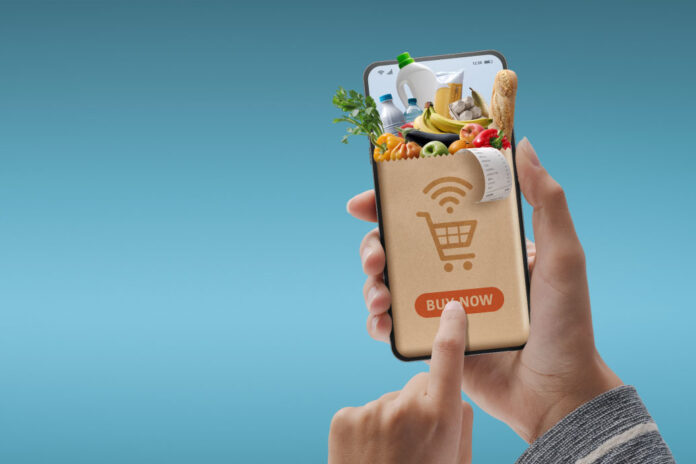Few sectors have evolved as quickly as the food retail sector in Brazil. The combination of inflationary pressure, the recovery of purchasing power and technological advances transformed not only the consumer profile, but also the strategies of companies. The impact is visible in formats such as cash-and-carry stores, convenience stores and digital marketplaces, that today shape food purchases in the country
According to McKinsey's State of Grocery 2024 study, the participation of wholesale clubs in the sector's revenue jumped from 27% to 46% in six years. Meanwhile, hypermarkets have lost space, representing only 11% of the current market.
Andrea Eboli, business strategist with over 25 years of experience, founder and CEO of the corporate solutions officeEDR, highlights the impact of these changes. Retail is in constant adaptation. Consumption segmentation is a response to emerging needs: saving on essentials and investing in what brings convenience or pleasure, explain
Expansion of cash-and-carry stores and their new audience
Cash-and-carry stores have gained prominence for combining affordable prices with a shopping experience focused on savings. Today, are also present in urban areas, attracting consumers from the middle and upper classes. Regional networks have also migrated to this format, further expanding market presence
According to Andrea Eboli, the permanence of the model goes beyond prices. The atacarejo has managed to break the stigma of being exclusive for bulk purchases. Many consumers use it for replenishment, by the cost-benefit perception in everyday products, analysis
In your most recent study, released at the end of 2024, McKinsey points out that customer loyalty is the next challenge. To maintain growth, the big networks are investing in points programs, logistical improvements and product variety
Regional networks and gourmetization
Regional chains also show strength, with an average annual growth of 20% among the 20 largest smaller retailers. Investing in personalization, these groups have managed to serve specific niches, balancing popular and premium products
"Nowadays, consumers seek complete experiences and varied stocks. Regional networks understood the importance of alliances with local suppliers to offer freshness and exclusivity, what fosters customer loyalty and brings a sense of community, to help local businesses, highlights Eboli
An example is the growing demand for gourmet stores, focusing on fresh foods and premium categories. These spaces have attracted clients with a more sophisticated profile, strengthening the participation of this segment, which already represents 30% of the supermarket market
Convenience as a competitive differentiator
Another point is the boom of convenience stores, that totaled almost 1.000 new units in 2024, especially in metropolitan areas. In addition to being close to the consumer, they stand out for the omnichannel model, that integrates in-person and digital purchases
With the fast-paced routine, convenience became a priority. If this reality was already present, it became even more tangible in the post-pandemic, with consumers already accustomed to receiving an increasingly wide range of products at home. Small purchases solve situations like grabbing a quick snack next to work or buying a missing ingredient through the neighborhood market app, comment Andrea Eboli.
Для підприємств, this highlights the importance of understanding consumer's small intervals and investing in technological integrations and geolocation. These behaviors show that the consumer values time and practicality, what paves the way for innovations in logistics and in segmented offerings. This is an important insight for managers looking to stand out in the market, complement
The entry of stores into marketplaces and delivery apps strengthens this trend. Supermarket chains, for example, they offer quick pickup options or delivery in minutes, addressing the daily urgencies. This fusion between physical and digital stores is creating experiences that reduce the time spent by the consumer, without giving up on variety and quality
Channel integration and the future of the sector
The food e-commerce is still small in participation, but grows quickly. In 2024, more than seven million households made online purchases in the sector. Networks that invest in omnichannel, as personalized research and delivery tools, increase your chances of leading the market
Andrea Eboli resumes the retail management. There was a time when food consumption was limited to in-person shopping. The winning strategy is to integrate convenience, economy and experience. More and more, consumers value access to different channels, be in the store, be it by mobile phone. "Those who invest in understanding these preferences will be prepared for the future", concludes


